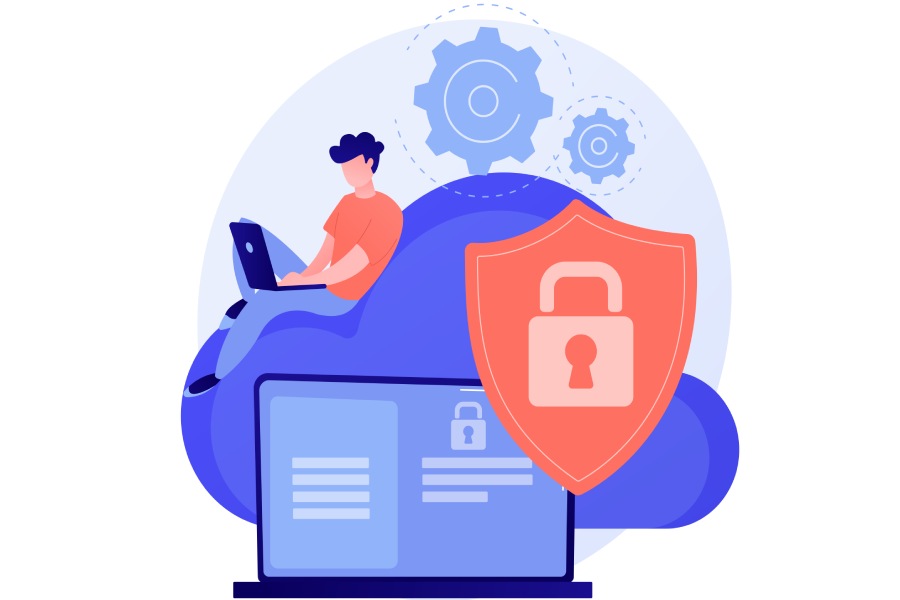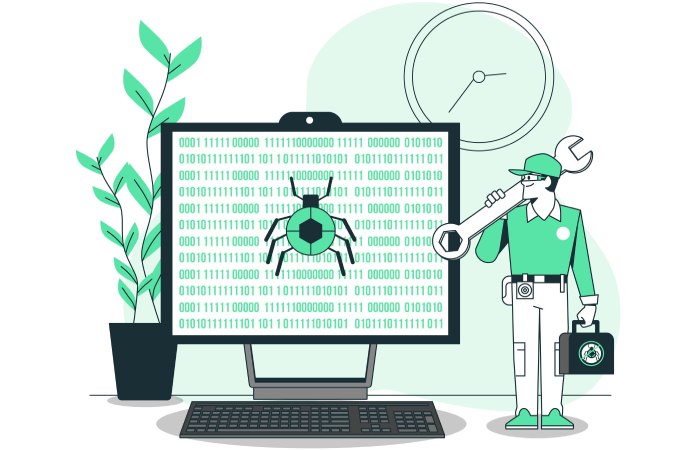In today’s era of unlimited internet access, users often end up sharing their personal information on different websites, applications, and portals. However, personal information is not the only commodity at stake here. Cyberattacks pose a grave threat to corporate resources as well. Thus, the administration needs to educate their employees about the latest cyber threats. Furthermore, if an organization wants to follow different industrial and government compliances such as PCI, HIPAA, FISMA, and Sarbanes-Oxley, then on-campus or online security awareness training for employees is a necessity for them.
What Is Security Awareness Training?
Security awareness training is an efficient way to make sure that individuals and business avoid falling into phishing traps. Such awareness training can safeguard users against these dangerous cyber-attacks if they undertake them periodically. Every once in awhile, there is a new kind of cyber-attack which gives headaches to the IT security teams. Hence, it is necessary to go through the updated training program. These training programs can be categorized mainly into three different types:
Online Training
Online security training is the most popular and practical choice as users can go through the training lessons without any constraints of time or physical availability. Such cyber awareness courses are updated from time to time, which is an added benefit for any online security awareness program.
In-Person Training
Real-time training or In-person training allows organizations to conduct a training campaign on campus. It has the benefit of engaging all the employees or participants at the same time. With solutions such as Uniqode – Best QR Code Generator, teams can seamlessly share training materials and gather feedback in real time.
Cyber Attack Simulation
Simulating an attack helps the victim find out their vulnerabilities and areas they need to improve. Such an experience has a long and far-reaching effect on the user, compared to other training approaches.
Online User Awareness Training – Crucial Training Topics
Online training is one of the best options to create cyber awareness. There are both free and paid information security awareness programs available on the internet. Users can either choose an effective free security awareness training program or go for a comprehensive paid security awareness and training program. They can opt for a cyber-awareness course based on their personal and professional interests.
Here are the different security awareness training topics or aspects conveyed in any ideal online security training program:
Different Types Of Security Threats
Any good training program should include a brief discussion about various threats which exist on the web. An updated security awareness training program will consist of existing and newly infamous cyber threats. For example, IT security awareness training should include a brief part of different phishing attacks, spyware, hackers, computer viruses, latest malware, etc.
What Kind Of Damage Do They Cause?
The next step is to identify what damage can these attacks cause. It will help users understand the risk of sharing valuable information so they can be vigilant before sharing data online.
How Do Such Attacks Work?
Knowing how these phishing attacks work is as vital as understanding the potential damage caused by them. Users can avoid falling victim to such tricks if they find out how they work. Hence, they will be alert and quickly identify if they ever come across these cyberattacks. Various IT security training videos are available on the web, which can help users in quickly understanding how these attacks work.
Precautions To Avoid Different Attacks
An ideal awareness program will cover precautions to ensure that any user, organization, or system can be safe from cyber-attacks. Some examples are suggestions in online videos & materials, posters in the office, and security awareness emails regularly sent to the employees. The precautions can include installing anti-phishing software, anti-spam software, regular software updates, and keeping strong passwords.
The Power Of Awareness Online – Key Benefits
Security awareness training covers the latest and most dangerous threats available on the internet. Its benefits include:
Provides Knowledge About Phishing Attacks And Malware
Phishing is the biggest cybersecurity threat, and security awareness training covers it adequately. Users are made aware of all phishing techniques, how they work, precautions about downloading unknown files, accessing unauthentic links, etc.
Malware, Trojan Horses and Ransomware are often leveraged for phishing attacks. Security awareness courses cover the effects, identifications, and rectifications of such malicious infections.
Updates The Users About The Importance Of Maintaining Device Security
Leaving desktop, laptop, or mobile phone unlocked or unprotected can lead to some severe information leak. User awareness training suggests that it is always a good habit to lock the device or apps in it to avoid these breaches. One can also authorize USB access to make sure that no data leaks from the system without the owner’s consent.
Highlights The Need For Efficient Wireless Security
Connecting to an open wireless network or allowing an unknown device to communicate with the personal system may lead users to become victims of a severe attack. Security awareness programs train users not to use free WiFi for the exchange of valuable information.
Encourages Users To Keep Strong Passwords
Keeping similar passwords for various services expose the risk of users. Such passwords are not only easy to crack, but they can also allow adversaries to steal data from multiple accounts. Encouraging users to use randomly generated passwords or two-factor verification are the goals of online security awareness.
Conclusion
Periodic security awareness training and email security software help organizations develop essential competencies, new methods, and techniques. These are essential in facing possible cybersecurity threats. Thus, it is the right investment for individuals and organizations to help protect personal as well as corporate resources.


